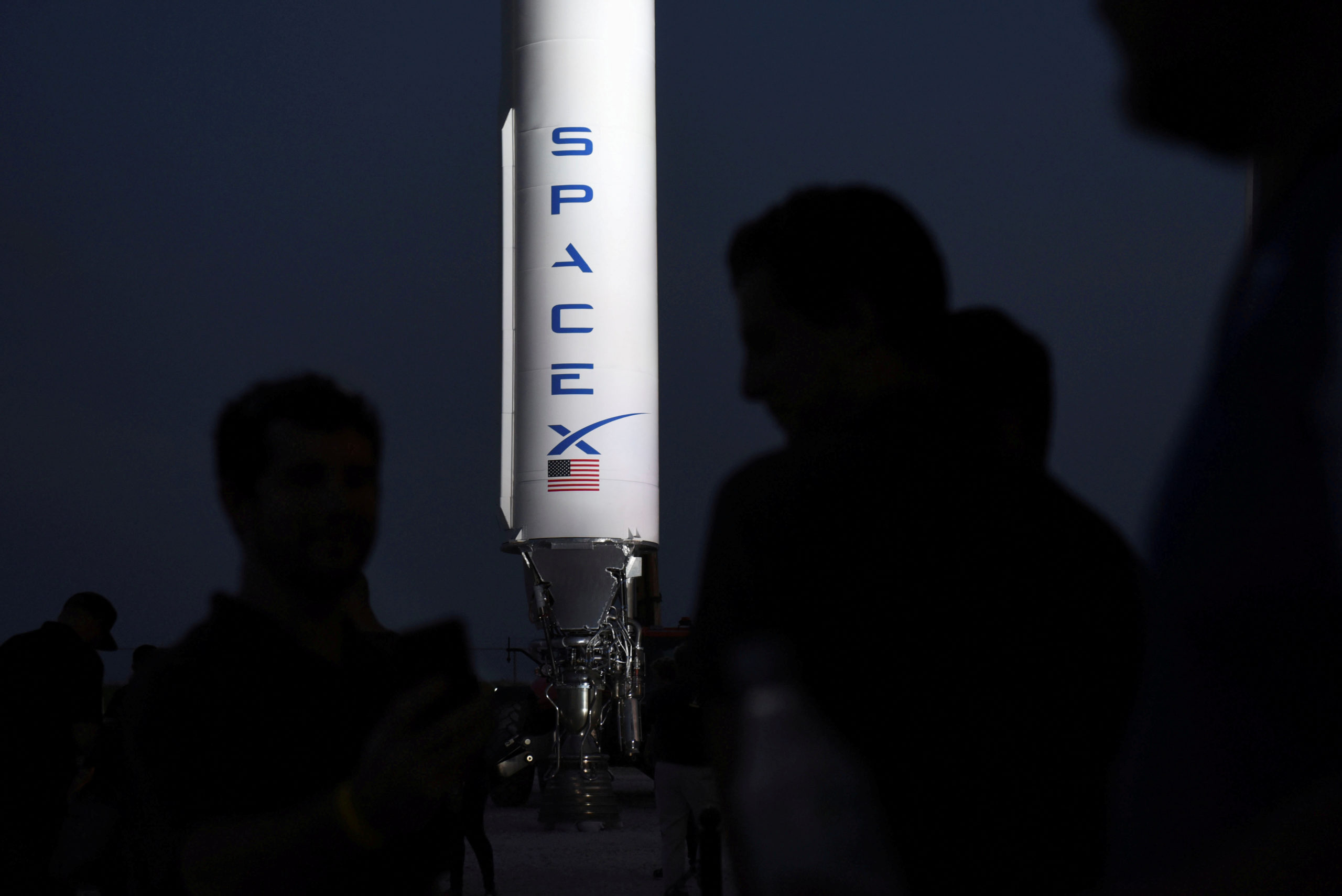U.S. military to cooperate with SpaceX to overcome Arctic communication blackout
"The lack of communication capabilities in the Arctic shows how the American military has fundamentally underinvested in Arctic operations for decades — maybe even a century.”

The U.S. Northern Command, which contains the North American Arctic, is seeking $130 million in funding for fiscal year 2021 for polar communications experiments in cooperation with SpaceX’s Starlink and OneWeb satellites, a joint venture between Airbus and OneWeb. The plan involves using prototype terminals capable of uplinking to these new low earth orbit constellations consisting of thousands of mass-produced small satellites.
The U.S. military, including the U.S. Coast Guard, have long-expressed concern about unreliable communications in the polar regions. The Arctic lacks many of the traditional land-based communication and satellite-based connections.
Experts confirm that the U.S. should be concerned about communication in the Arctic.
“While communicating today might be easier than it was for Commodore Perry 111 years ago, it’s not that much better. This question about the lack of communication capabilities in the Arctic shows how the American military has fundamentally underinvested in Arctic operations for decades — maybe even a century,” explains Andrew Holland, Chief Operating Officer of the American Security Project, a Washington D.C.-based think tank.
Lack of funding and communication
The lack of communication capabilities also extends to the United States Coast Guard. During last week’s annual ‘State of the Coast Guard’ address its Commandant, Admiral Karl Schultz highlighted how Coast Guard personnel frequently have to dig through several feet of snow to repair degraded ground-based communications equipment. The USCG confirmed that it is exploring new satellite communications capabilities in cooperation with the Department of Defence. Schultz stressed that the issue requires a “whole-of-government” approach and that the communication blackout in the Arctic needs to be solved immediately.
“The fact that the U.S. has to outsource satellite communications to private companies basically says it all. The U.S. military does not have an internal capability to do this themselves but recognizes the need to have communications capability,” confirms Rob Hubert, associate professor at the University of Calgary and a senior research fellow with the Centre for Military and Strategic Studies.
The Coast Guard’s communications shortcomings are part of larger operational challenges the service faces, including in the Arctic. Lack of funding and growing demands for defence missions, including in the Arctic, have left “the Coast Guard on an unsustainable path to support our growing operational requirements,” Schultz said.
Countering Russia and China
In testimony to the US Senate Armed Services Committee earlier this month the commander of the U.S. Northern Command, Air Force General Terrence O’Shaughnessy, described the Arctic as “the new frontline to our homeland defense.” O’Shaughnessy explained that ensuring “basic communication” in the Arctic is a major priority.
“It is my number one priority to have Arctic coms, and I think the proliferation of LEO (low earth orbit satellites) and a Starlink or a One Web type solution is the way to get it fastest.” In addition to the $130 million requested for 2021, he asked for additional funds in the amount of $110 million for the following fiscal year.
During the testimony he highlighted Russia’s steady expansion of military presence in the Arctic, including advanced, long-range cruise missiles, long-range bombers, and new radar installations.
O’Shaughnessy drew attention to Russia’s and China’s activities in the region such as large investments into “exploiting the region’s economic and strategic potential.”
“Throughout the year, Russia lengthened existing runways and built new ones at multiple airfields in the high north. In September, Russia deployed a Bastion coastal defense cruise missile unit to the Chukotka Peninsula, opposite the Bering Sea from Alaska, for a first-ever training launch from that region,” O’Shaughnessy explained.
The U.S. also currently does not have adequate sensors to detect growing Russian and Chinese submarine activity in the Arctic, the commander explained.
New satellites and first SpaceX tests
The U.S. military has initiated the first steps in improving Arctic communications. In October 2019 the US Air Force took control over new satellites providing secure communications for the Arctic. The Enhanced Polar System consists of two satellites in a highly elliptical orbit providing continuous coverage for fighter jets above 65 degrees northern latitude. The system fills a gap in the Advanced Extremely High Frequency military communication constellation, which does not cover the polar regions.
The U.S. Air Force has also conducted initial tests — outside the Arctic — using commercial satellites. During a recent exercise a U.S. Air Force AC-130 plane connected with SpaceX’s high-bandwidth Starlink satellites. Future demonstrations involving Iridium and OneWeb satellite constellations are planned.